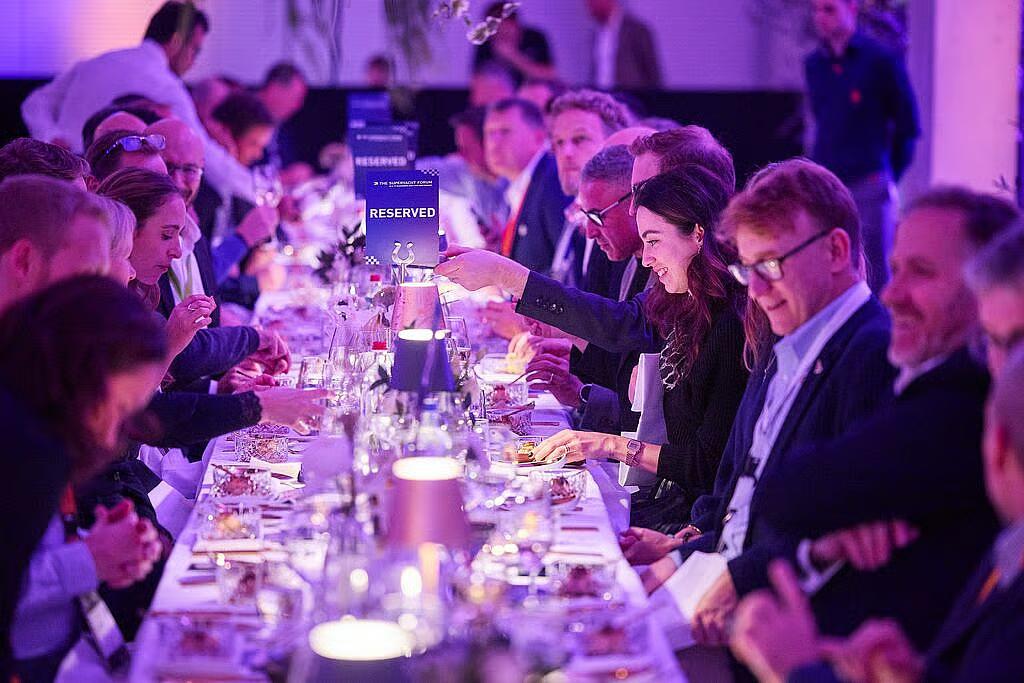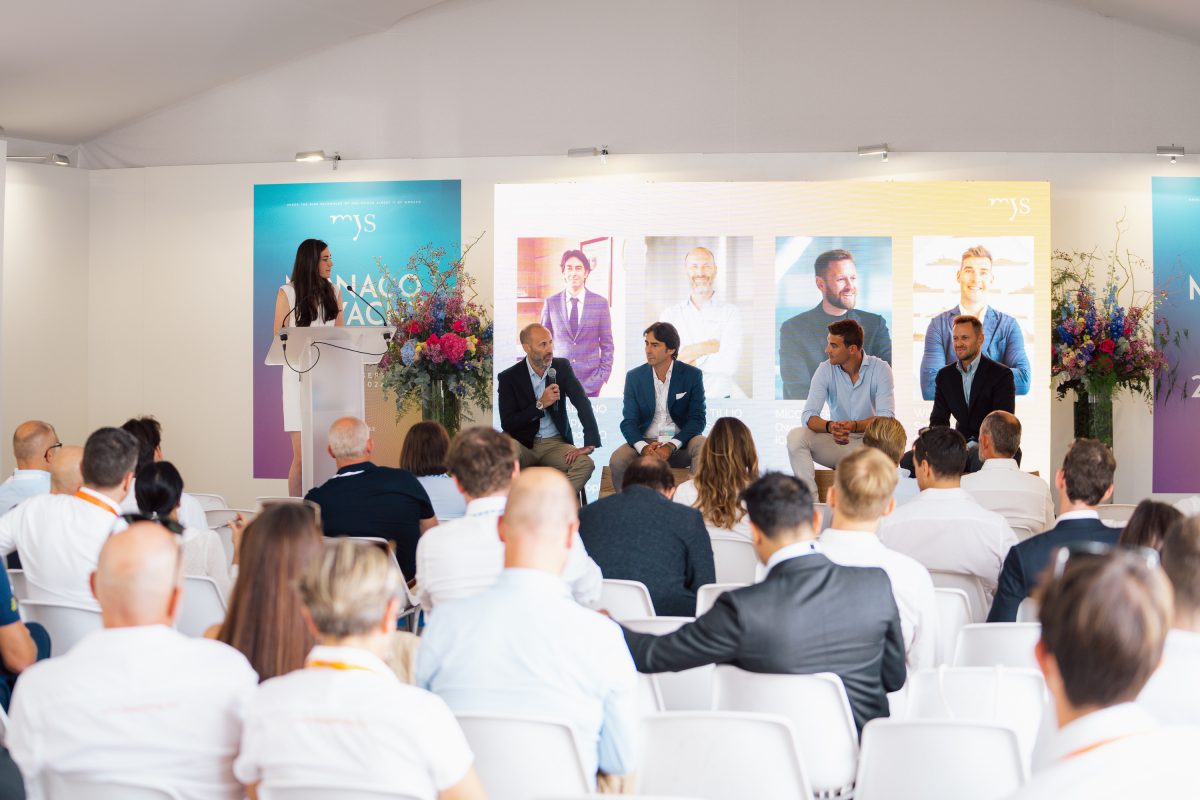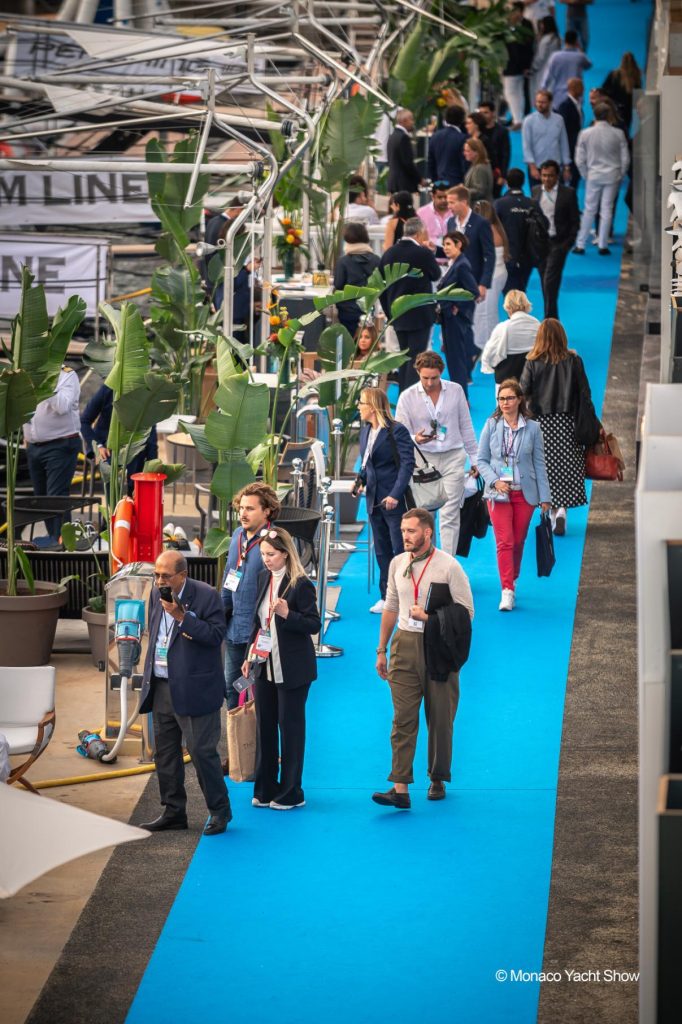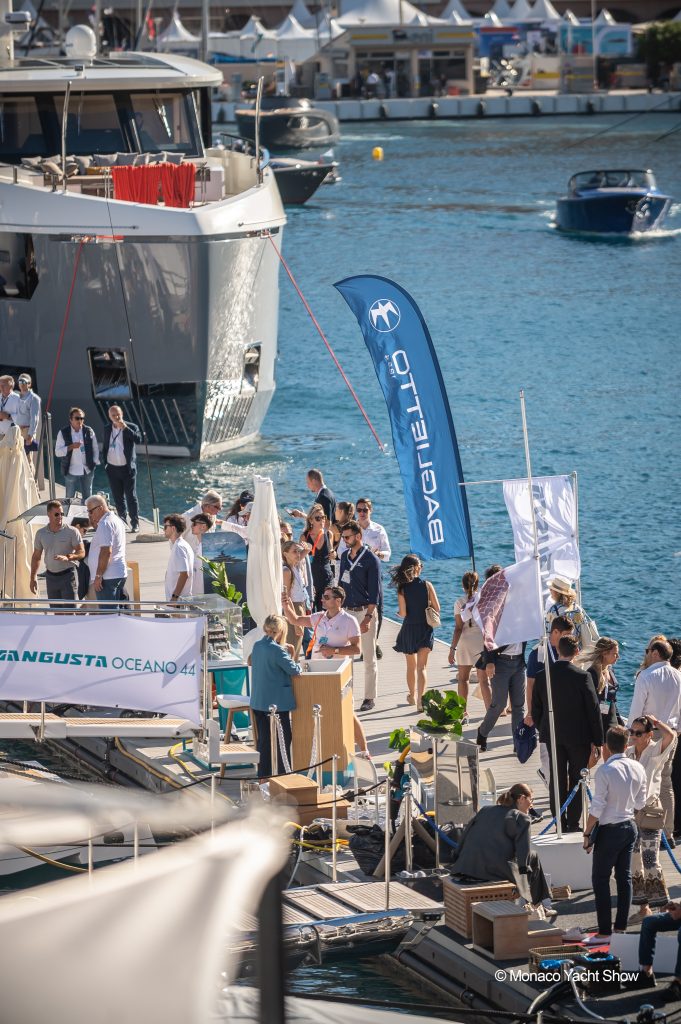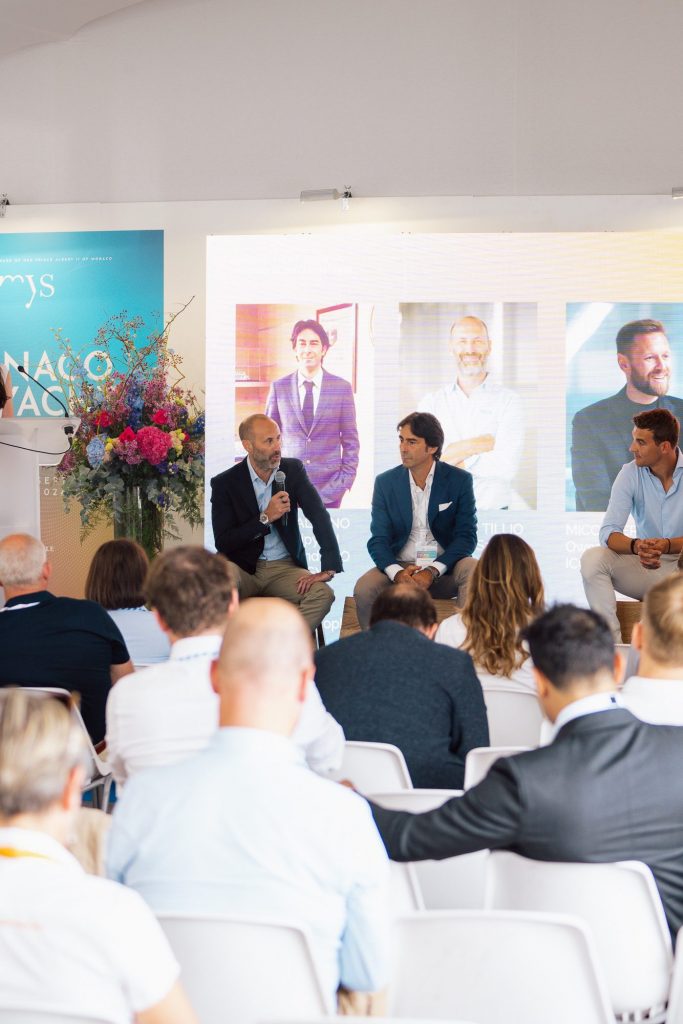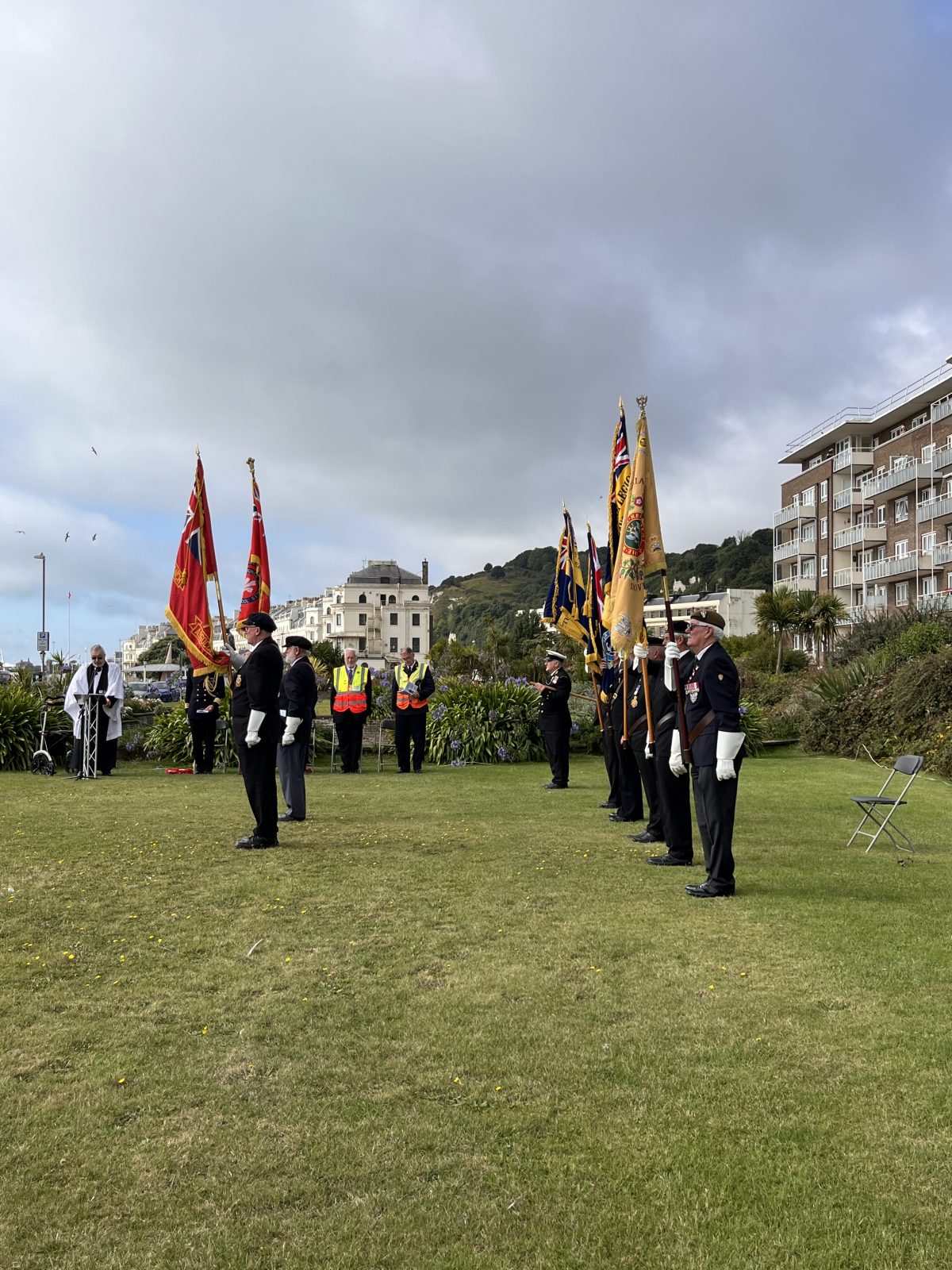Viking Crew, part of Viking Maritime Group, will be attending the superyacht forum in Amsterdam this year!
Taking place on the 17th and 18th of November 2025, the forum will include networking opportunities, workshops, speakers and socials.
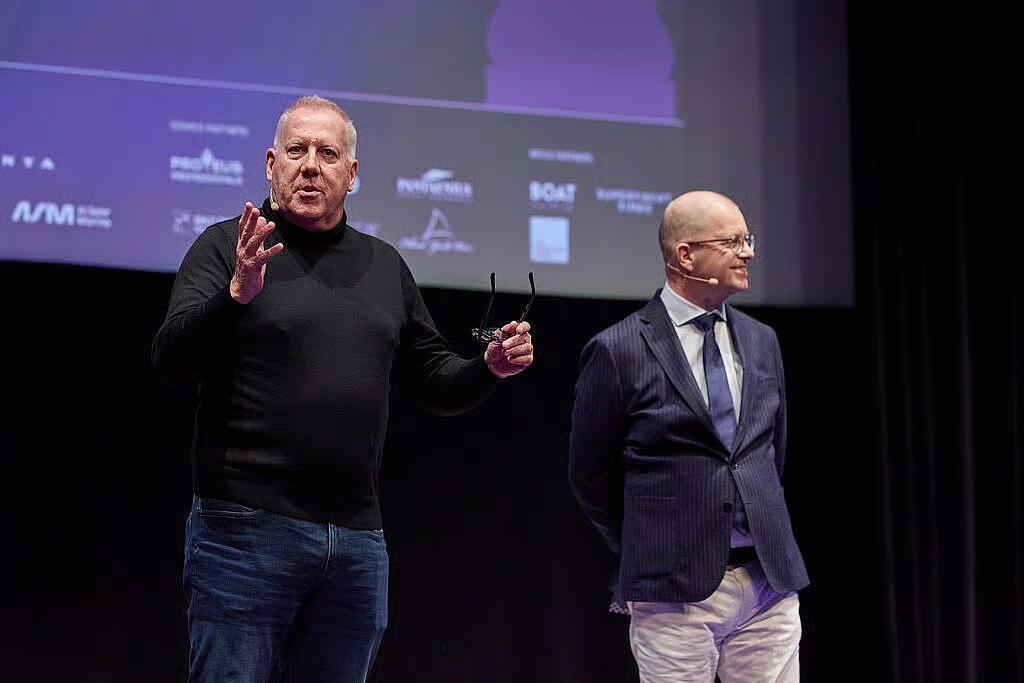
If you would like to arrange to meet us at the forum, get in contact with our attendees:
Matthew Jaenicke: Matthewj@vikingmaritime.co.uk
Paul Rutterford: Paulr@vikingcrew.com
Or to find out how to attend, click here
